Earn Merit Badges through the Scouting Heritage Museum - Are you interested in the Scouting Heritage Merit Badge or the Collections Merit Badge?
- Three Harbors Council Scout Heritage Museum can help you get there.
- Any one of the volunteer staff can help you with a portion of either merit badge. Simply coming to the museum covers a requirement.
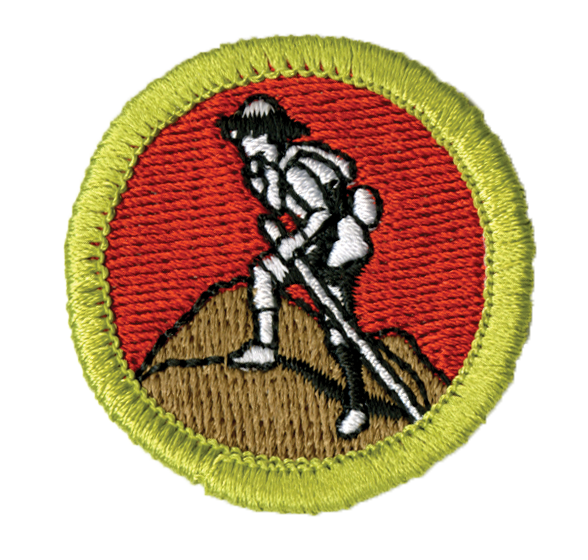 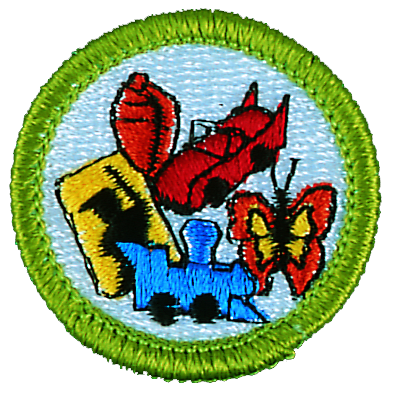
Trade-O-Ree The Scout Heritage Museum invites you to the 47th Annual Trade-O-Ree, Saturday, November 1, 2025 from 9:00 a.m. until 3:00 p.m. at the Milwaukee Scout Service Center, 330 South 84th Street, Milwaukee. This event makes a great field trip for packs and troops. See thousands of Scout memorabilia, artifacts and collector items. Admission is FREE!
Northwoods Camps
Commemorative Patches
Sets of the final LeFeber Northwoods Camps and Robert S. Lyle Scout Reservation patches are available at the Kenosha and Milwaukee Scout Service Centers. The price for the two-patch set will be $10.00 with a limit of no more than three sets per person. The sale of these patches will benefit the Scout Heritage Museum.
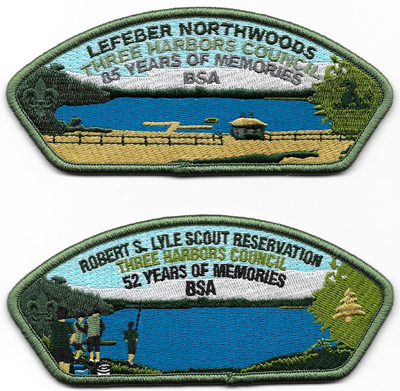
Museum Tours
The Scout Heritage Museum is managed and staffed by a group of dedicated volunteers who can provide you and your unit with a guided tour, as well as answer your questions if you just want to stop in for a few minutes during your visit to the Milwaukee Scout Service Center or the National Scout Shop. Posted museum hours are Friday's from 1 p.m. - 4:00 p.m. and on Saturday's from 10:00 a.m. - 2:00 p.m. The museum is closed on Saturday's from June through August. Since volunteers staff the museum, it is best to call ahead. Please contact Marianne Mikush Monday-Friday between 9:00 a.m. and 4:30 p.m. at (414) 443-2870 or by clicking here. Tours are free.
Advancements Available By visiting the Museum and speaking to one of our staff, the following can be earned: Cub Scout Advancements Tigers: Tigers: Sky is the Limit - Find out about 2 astronauts who were Scouts
- James Lovell display
- Tiger Tales
- Visit a historical museum
Wolfs: Collections and Hobbies - Visit a museum that displays different collections or models
Bears: - Bear claws
- Knife Safety -Knife display
Webelos: - Scouting Adventure -Tie a square knot, 2 half inches
- Art Explosion -Visit an art museum - Ben Hunt tie slides
- Looking Back, Looking Forward - Create a record of the history of Scouting
Scouts BSA Advancements Scouting Heritage Merit Badge: 1, 2b, 3, 4c, 5, 8 partial
Collections Merit Badge: | Current Exhibit Update - February 2025 Scout Valentine's Day Cards  Currently on display in Three Harbors Council’s Scout Heritage Museum are a number of historical St. Valentine Day cards from the 1930s through the 1950s. Currently on display in Three Harbors Council’s Scout Heritage Museum are a number of historical St. Valentine Day cards from the 1930s through the 1950s.
Of the many Valentine’s Day traditions, one of the most enduring is the classroom card exchange. Each year, typically, elementary school children choose a box of valentines featuring their latest favorite character, fill out a card for each of their classmates, and distribute the cards among their peers. Many adults may wonder how a holiday ostensibly meant to celebrate romance was usurped by children. The custom of trading valentines seems to have begun in Europe and the United States in the 18th century, but some legends attribute the exchange of affectionate greetings to St. Valentine himself. Valentine may have been the name of one or two martyred Christians: one is said to have been a priest and physician in Rome and the other a bishop in Terni, Italy. 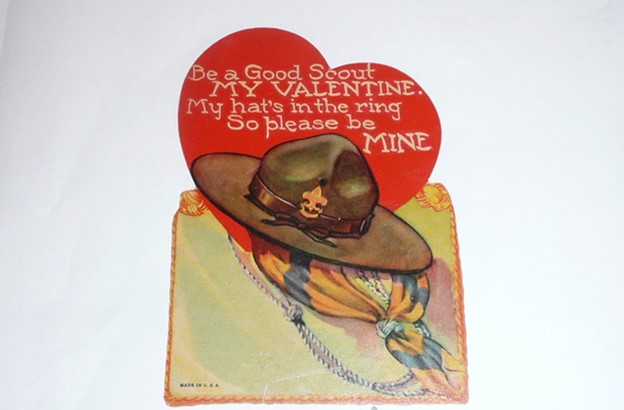 Sometime in the 18th century, Europeans and Americans began exchanging friendship cards on Valentine’s Day. The practice increased in the mid-19th century, especially in England, where the introduction of the penny post made sending valentines more affordable. Meanwhile, printing technology improved and expanded the market. Consumers in Europe and the U.S. could choose from a wide selection of valentines. Sometime in the 18th century, Europeans and Americans began exchanging friendship cards on Valentine’s Day. The practice increased in the mid-19th century, especially in England, where the introduction of the penny post made sending valentines more affordable. Meanwhile, printing technology improved and expanded the market. Consumers in Europe and the U.S. could choose from a wide selection of valentines.
The exchange of valentines continued into the 20th century. Classroom exchanges were also documented in the United States about this time, with students trading homemade cards. By mid-century, boxed punch-out cards were readily available, thus cementing an American tradition. Meanwhile, manufacturers such as Hallmark began selling inexpensive cards with innovative animation, three-dimensional effects, and custom-sized envelopes. Their affordability helped popularize the custom of exchanging cards for anniversaries and holidays, and Valentine’s Day cards soon became the biggest seller after Christmas.
LeFeber Camp Staff Paddles A recent addition to the museum is a display of LeFeber Northwoods Camps Staff canoe paddles. Each paddle has the names of the staff for a particular year. These staffers helped generations of Scouts earn merit badges, experience nature and build lasting friendships all in the Northwoods of Wisconsin. The paddles are hanging from the ceiling...You have to look up! 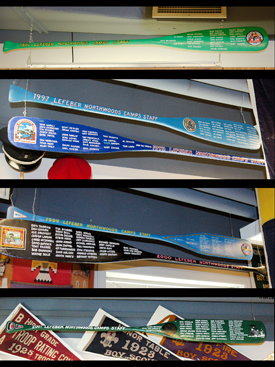
Museum Committee Membership If you have an interest and want to learn about joining the museum's volunteer team, please contact Marianne Mikush at (414) 443-2870 or by clicking here. |